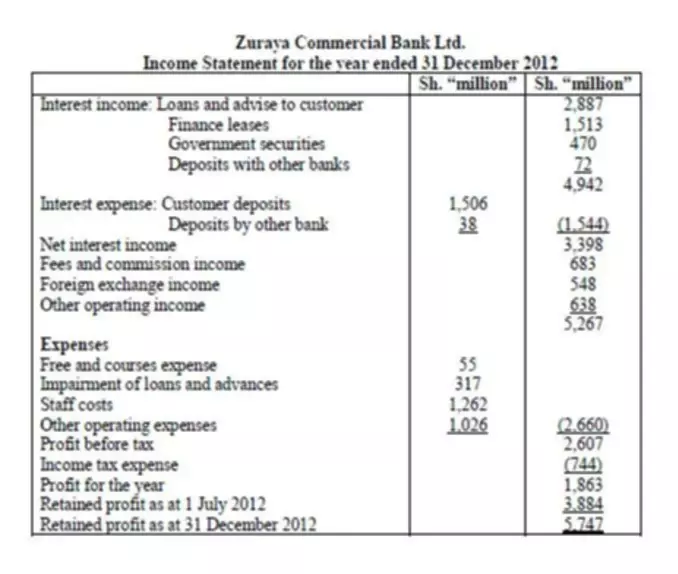Content

The success of internal controls can be limited by personnel who cut control activity corners for the sake of operational efficiency and by those employees who work together to conceal fraud. Internal controls are vital to ensuring the integrity of companies’ operations and the trustworthiness of the financial information they report. The Sarbanes-Oxley Act of 2002 spurred internal controls in the aftermath of such scandals as those involving Enron and WorldCom to protect investors from corporate accounting fraud.
A properly designed internal control system will not prevent all loss from occurring, but it will significantly reduce the risk of loss and increase the chance of identifying the responsible party. Internal Controls and Accounting facilitates audit activities with external audit firms under Governmental Accounting Standards Board (GASB) and Federal Audit compliance requirements. The internal auditors and external auditors of the organization also measure the effectiveness of internal control through their efforts.
Components of Internal Control Structure
Implementing a quality improvement team can be a great way to address ongoing problems and to correct processes. It ensures that internal controls are properly documented, tested, and used consistently. The intent of the act was to ensure that corporate financial statements and disclosures https://www.bookstime.com/ are accurate and reliable. A publicly traded company is one whose stock is traded (bought and sold) on an organized stock exchange. Smaller companies still struggle with internal control development and compliance due to a variety of reasons, such as cost and lack of resources.
What is internal control checklist?
The Internal Control Checklist is a tool for the campus community to help evaluate and strengthen internal controls, promote effective and efficient business practices, and improve compliance in a department or functional unit.
In this article, we will explore what is internal control in accounting and the needs and benefits of implementing automation to enhance internal control. To ensure that they carry out its internal control policies, a company must hire competent and trustworthy employees. Thus, the execution of effective internal control begins with the time and effort a company expends during the hiring of employees. https://www.bookstime.com/articles/internal-control-in-accounting Once the company hires the employees, it must train those employees and clearly communicate to them company policies, such as obtaining proper authorization before making a cash disbursement. Frequently, written job descriptions establish the responsibilities and duties of employees. The initial training of employees should include a clear explanation of their duties and how to perform them.
Internal controls and process improvement
Control activities are the specific policies and procedures management uses to achieve its objectives. The most important control activities involve segregation of duties, proper authorization of transactions and activities, adequate documents and records, physical control over assets and records, and independent checks on performance. So often in business people operate in compartments, each one “just doing the job,” but good internal control relies on all the parts of a company, internal and external, working together. An unscrupulous employee could steal cash, creating a false sale to cover it, or pocketing a payment on a vendor account. Communication with the customers and vendors, along with other internal controls, could uncover those defalcations. More importantly, constant communication can increase profits, which is the goal of for-profit businesses, and can assist in coming up with new products, better processes, and business insights that people immersed in the day-to-day operations can’t see.

Detective controls are backup procedures that are designed to catch items or events that have been missed by the first line of defense. Here, the most important activity is reconciliation, which is used to compare data sets. Other detective controls include external audits from accounting firms and internal audits of assets such as inventory. No two systems of internal controls are identical, but many core philosophies regarding financial integrity and accounting practices have become standard management practices. While they can be expensive, properly implemented internal controls can help streamline operations and increase operational efficiency, in addition to preventing fraud.
What Are the 2 Types of Internal Controls?
A strong, active board, particularly when coupled with effective upward communications channels and capable financial, legal and internal audit functions, is often best able to identify and correct such a problem. Once the auditor gains an understanding of the client’s system of internal controls, the auditor must assess control risk. Control risk is the risk that the client’s system will fail to prevent or detect and correct an error. Low means that the client’s internal controls are strong and maximum means that the controls are virtually useless. Typically, business accounting software allows users to edit previous transactions. This unmonitored permission opens up the potential for employees to hide fraud or theft.
- Internal controls can also be used to systematically improve businesses, particularly in regard to effectiveness and efficiency.
- Auditing techniques and control methods from England migrated to the United States during the Industrial Revolution.
- Detective internal controls attempt to find problems within a company’s processes once they have occurred.
- Finance Strategists is a leading financial literacy non-profit organization priding itself on providing accurate and reliable financial information to millions of readers each year.
- Clients receive 24/7 access to proven management and technology research, expert advice, benchmarks, diagnostics and more.
Separation of duties, a key part of this process, ensures that no single individual is in a position to authorize, record, and be in the custody of a financial transaction and the resulting asset. Internal controls are accounting and auditing processes used in a company’s finance department that ensure the integrity of financial reporting and regulatory compliance. Peer Review results also indicate that some auditors believe they can lower their control risk assessment without testing whether the controls are operating as designed, but that’s not true. Again, simply monitoring the cash position of the coffee shop on a proactive basis could have prevented the loss.